Monitoring Foreign Ships
Japan is an island nation surrounded by the ocean on all four sides, thereby making the notion of “border security” seemingly less relatable compared to other countries who share land borders.
However, Japan’s Self-Defense Forces (JSDF) do units that specialize in monitoring border activity, or in a maritime nation’s case, coastal activities.
These are the Coastal Surveillance Units deployed by the Japanese Ground Self-Defense Force (JGSDF) to monitor foreign vessels passing near islands and remote areas.
Strictly speaking, there are two types of such units – the Coastal Surveillance Units, which are stationed in a certain area, and the Mobile Surveillance Units that use mobile radar systems.
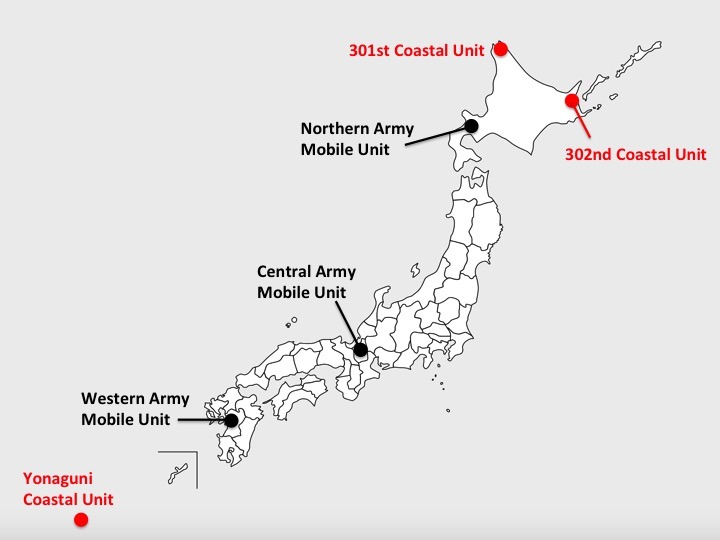
As seen above, most of the units are stationed in Hokkaido, reflecting the Cold War-era focus towards norther defense against the Russians. These units were mostly responsible for monitoring the Soya Strait and the Sea of Okhotsk, looking out for any signs of invasion.
On the other hand, the Mobile Surveillance Units are relatively new, with the oldest unit being established in 2008. Their role is to fill in the gaps of surveillance or supplement the local garrisons if necessary.
Asides from these units, there are also smaller sub-units dispatched to outposts and sub-bases, such as the 301st Coastal Surveillance Unit on Rebun Island and the 302nd Coastal Surveillance Unit in Rausu.
As for their equipment, Coastal Surveillance Units operate fixed radars and high-powered optical systems, whereas the Mobile Surveillance Units use mobile ones, just as their name suggests.
Nonetheless, since their job is to monitor and gather information, they are not expected to engage or make contact with the enemy, only having small arms for self-defense.
In terms of personnel, most members are assigned to the intelligence speciality, with Coastal Surveillance Units having around 100 members and Mobile Surveillance Units about 50 people.
The Southern Shift
Historically, postwar Japan’s focus has been on guarding the border with the former Soviet Union and Russia, but in recent years, the attention has shifted southward in response to the Chinese expansion.
In 2016, a new coastal surveillance unit was stationed on Yonaguni Island, Japan’s westernmost point, marking the first such formation in nearly 60 years.
Until the 2010s, the southwestern theater were often referred to as a “defense gap” due to the lack of JSDF units. The new coastal surveillance unit kicked off a series of new unit installations, and their presence has been welcomed by the local residents who were wary of Chinese military activities.
As they are perfect for being deployed to remote islands, more units are likely to come in the future, including the Daito Islands and Ogasawara Islands that remain void of any permanent presence.
Other Similar Units
So far, we have examined the Army’s coastal surveillance units, but the Navy (JMSDF) and Air Force (JASDF) also operate similar units in their respective realms.
For example, JMSDF’s have units placed in Tsushima (Nagasaki) and Hakodate (Hokkaido), both responsible of monitoring the Tsushima and Tsugaru Straits – Vital chokepoints where Japan purportedly has underwater sonar systems installed.
Additionally, an aviation detachment on Minami-Torishima, Japan’s easternmost island, carries out similar surveillance missions.
Meanwhile, JASDF conducts seamless surveillance through its nationwide network of 28 radar sites. In areas where the radar sites are absent, including the aforementioned Daito Islands, mobile radar units have been deployed to fill in the gap.


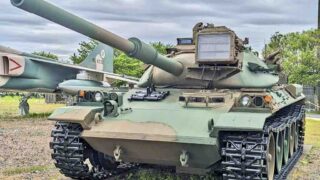
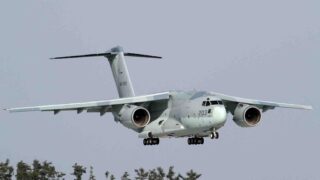
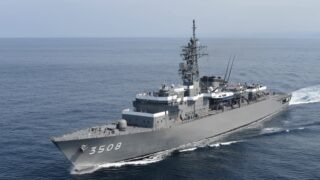
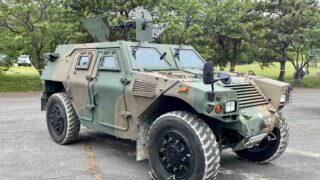

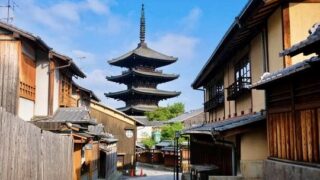
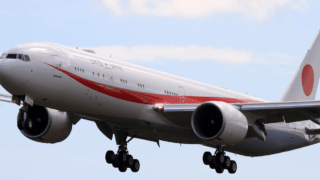


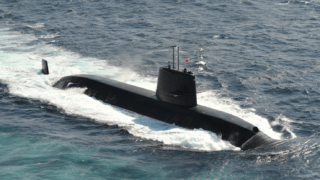
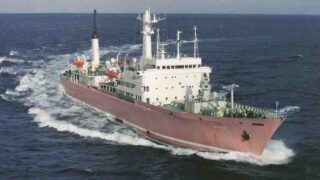
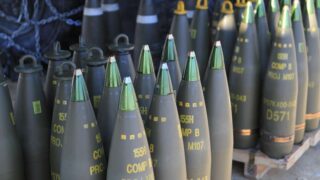
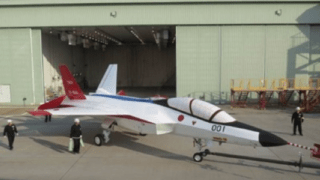
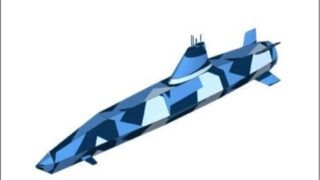
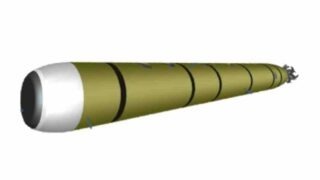
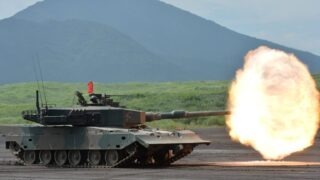
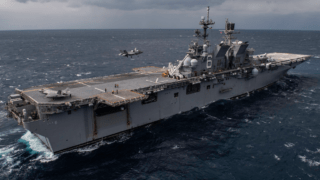
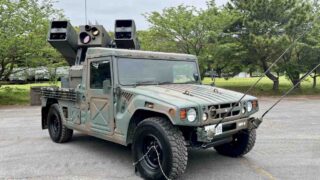
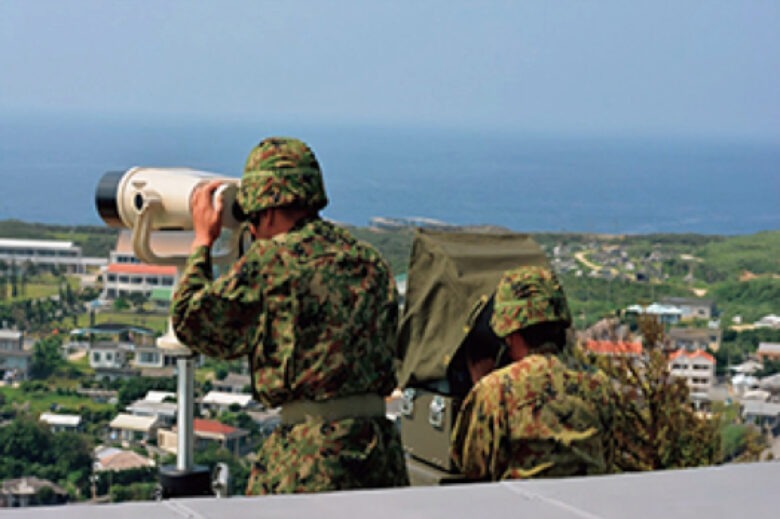
Comments